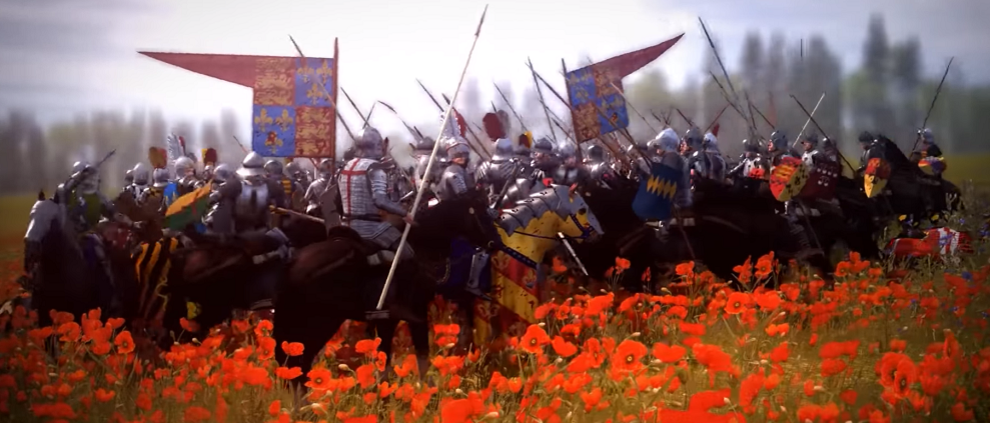Battle of Ludford Bridge
Posted on 10th January 2021
Following their victory at the Battle of Blore Heath the Yorkist army tried to move towards London, but were blocked by Henry VI and his army which heavily outnumbered the Yorkist forces.
Richard, Duke of York retreated his army towards Ludlow and made a stand near the village of Ludford, Shropshire, ready to battle on 12 October 1459.
The Yorkist army dug a defensive ditch in a field on the side of the River Teme opposite Ludlow, near the bridge that gave its name to the battle.
Morale was low in the Yorkist force; they knew they were heavily outnumbered and that Henry VI himself was leading the Lancastrian army, therefore they would be fighting directly against their King.
The Yorkist soldiers commanded by Andrew Trollope, defected to the Lancastrian side along with their leader Trollope.
Due to this Richard, Duke of York; Richard Neville, Earl of Salisbury and Richard Neville, Earl of Warwick abandoned their armies overnight and fled.
At dawn on 13 October, the Yorkist army, having no leadership, knelt in submission before Henry VI and were pardoned.
The Battle of Ludford Bridge was no battle at all, but it still ended in a Lancastrian victory, however the Yorkist leaders would return to fight again.
Battle of Ludford Bridge
Fought - 12 October 1459
Location - South of Ludlow, Shropshire
Participants - House of York and House of Lancaster
Army
York, Unknown
Lancaster, Unknown
Leaders (York)
Richard, Duke of York
Richard Neville, Earl of Salisbury
Richard Neville, Earl of Warwick
Leaders (Lancaster)
Henry VI
Humphrey Stafford, Duke of Buckingham
Victory - House of Lancaster
Casualties
Unknown
Tagged as: Junior Middle Ages
Share this post:





